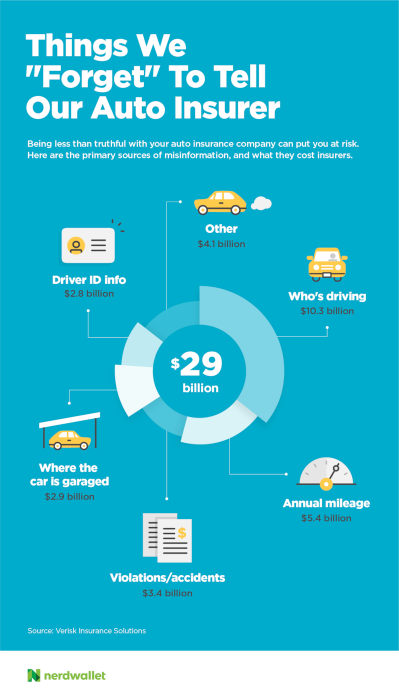If you’ve read any of the student-debt success stories circulated in the media lately, you might think the only way to pay down your debt is to give up coffee, your social life and your apartment. “It seems like borrowers are told that they have to live on beans in a shantytown and pay off their debt as quickly as possible,” says Minnesota-based certified financial planner Mark Struthers. “This is not true and may be counterproductive.” It can take some borrowers decades to fully rid themselves of their student debt. But as Struthers notes, for most borrowers, “it’s about balance” rather than tactics that leave you scrounging for loose change just to get by. Here’s how you can pay off your debt while also keeping your sanity in check.
1. Sign up for an income-driven repayment plan
For borrowers who are struggling to meet their monthly federal loan payments, income-driven repayment plans are a way to rein in payment amounts. The plans generally cap your payments at 10% or 15% of your income and can be as low as $0 per month. Plus, any balance leftafter your loan term ends is forgiven. Enrolling in these programs is free. Before signing up for such a plan, consider a few key details: It extends your loan term to 20 or 25 years from the standard 10; you have to recertify every year to stay on it; and any forgiven amount is taxed as income. If you’re uncomfortable extending your loan term, call your student loan servicer to talk through other options, such as deferment or forbearance. “If [calling your servicer] doesn’t solve the problem and shifting to IDR does, then by all means do that,” says certified financial planner Denise Downey. “Avoiding default should be a priority.” Chances are good that you qualify for at least one of the six repayment plans. REPAYE, for example, is open to all borrowers with federal direct loans, regardless of income. Depending on your circumstances, you may also qualify for other forgiveness programs, like Public Service Loan Forgiveness or teacher forgiveness. Under those programs, you’d generally earn forgiveness after five to 10 years. If you’re eligible, doubling up on income-driven repayment and forgiveness will save you the most. Contact your servicer or log into your account on the Department of Education’s website to apply for income-driven repayment and forgiveness programs.
2. Refinance your student loans
Student loan refinancing functions a lot like refinancing a home or auto loan, allowing qualified borrowers with high interest rates to land a better deal. Unlike home and auto refinancing, though, student loan refinancing has been around for only a few years, so many borrowers aren’t familiar with the process. Here’s how it works: A lender buys out your existing student loan or loans, and issues you a new one with new terms. If you get a lower interest rate, you’ll save the most money long-term. For example, if you refinanced your $50,000 loan from a 7% interest rate down to 4%, you’d save nearly $9,000 and lower your monthly payments by about $75 over 10 years. And if you can afford to opt fora shorter term, you’ll save even more. If you have federal loans, though, consider excluding them, becauserefinancing those loans would mean giving up federal borrower protections, like income-driven repaymentand forgiveness programs. In general, you’ll need a steady income, a low debt-to-income ratio and a credit score of 650 or higher, or access to a co-signer, to qualify for refinancing. Use NerdWallet’s credit score tool to find out where you stand. 3. Automate your payments
Many lenders will give you a 0.25 percentage point rate reduction when you sign up for auto-debit. For a $30,000 loan with a 10-year term that carries a 5% interest rate, for example, you’d save nearly $450 — just for automating your payments. As long as you have a steady source of income, it’s an easy way to save, and it’ll keep you from missing payments. And if you can afford to sign up to pay more than your minimum, you’ll save more and pay off your loans faster. But, as Tim Baker, a Baltimore-based certified financial planner, notes, some borrowers may want to stick to the minimum payment if they have other financial priorities. If you’re trying to pay off your credit card debt or save for your wedding, for example, it might make more sense to use your funds to meet those goals first. Contact your servicer to find out if your loans are eligible for an auto-debit discount.
4. Consider a biweekly repayment schedule
If you can’t get an autopay discount and you get paid every two weeks, as over a third of working Americans do, consider switching to biweekly payments to pay down your student debt faster.
On this schedule, you’d pay half of your minimum payment every two weeks. With52 weeks in a year, you’d end up making 26 half-payments, or 13 full payments, each year. If your loans have a typical 10-year term, you’d be debt-free at least nine months soonerthan if you stuck to your monthly payment plan. Plus, you may find those smaller payments a bit easier to stomach. Just make sure that you satisfy your minimum payment amount by the due date; otherwise you’ll get hit with late fees. Devon Delfino is a staff writer at NerdWallet, a personal finance website. Email: ddelfino@nerdwallet.com. Twitter: @devondelfino. The article 4 Sane Ways to Pay Down Student Debt originally appeared on NerdWallet.





















